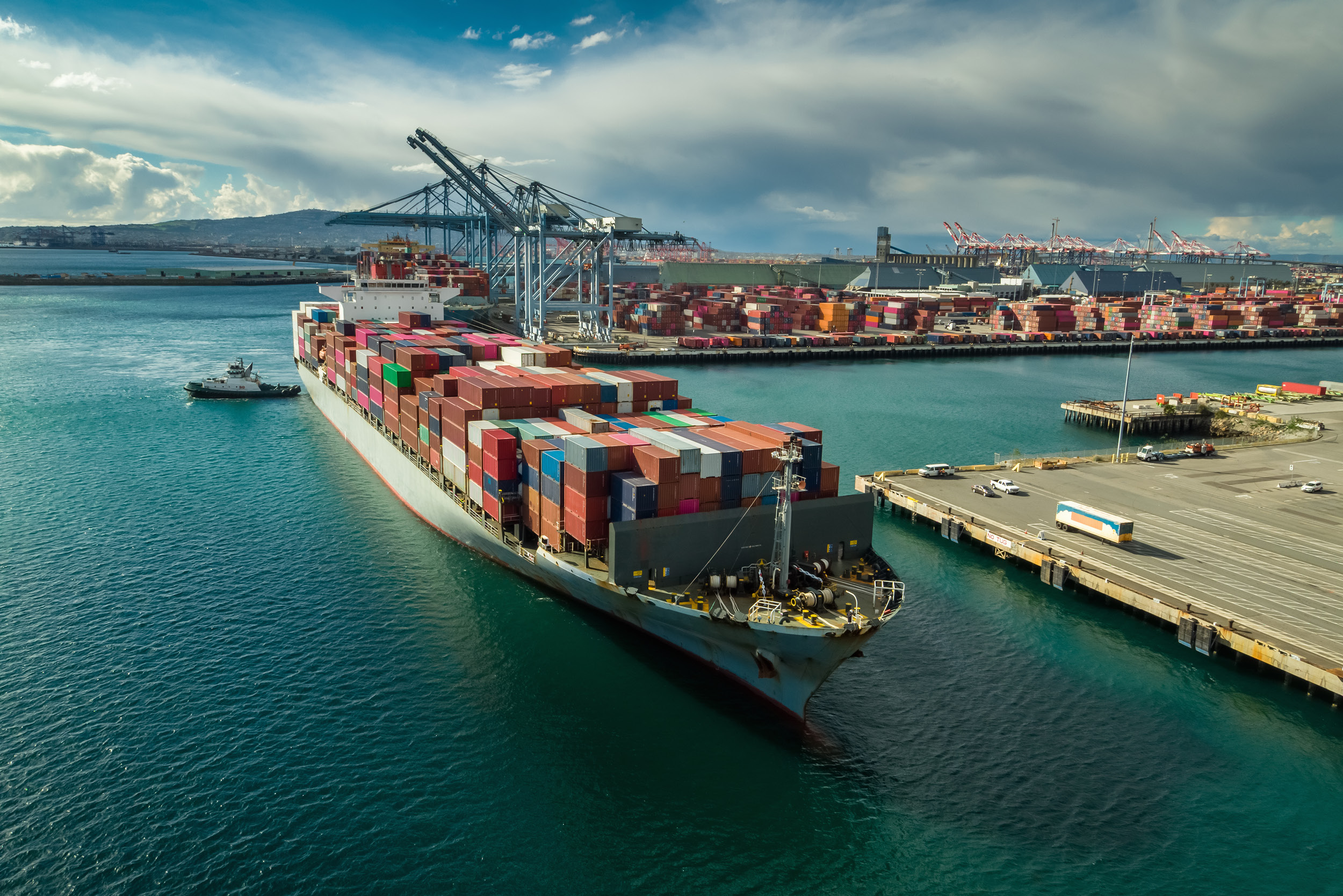Transportation Go! to feature panels on intermodal trucking, transloading, rail and more
Competitive Shipping News and Developments
Transportation Go! to feature panels on intermodal trucking, transloading, rail and more
Compiled by Bruce Abbe, SSGA Strategic Adviser for Trade and Transportation
It’s not just federal and state governments and port leaders headlining SSGA’s upcoming Transportation Go! conference that are reasons you’ll want to want to attend the March 3-4 event in Milwaukee.
The agenda features panels of experts who can provide practical service information on trends and new developments that can benefit shippers’ businesses.
An intermodal trucking and transloading panel will discuss the current state of intermodal shipping in the Midwest. Jason Hilsenbeck, president of Drayage.com, will share information about container terminal congestion throughout the area. Libby Ogard, president of transportation consulting firm Prime Focus LLC will moderate the panel. Chris Winkler, President of Aim Transfer will discuss drayage challenges for bi-state movements and AJ Martin with Burlington Junction Railroad will talk about transload opportunities.
A session titled “Reimagining Rail Service in the Midwest” will include invited representatives of CP, UP, CN and Watco and discuss new and changing Class 1 and regional railroad service for the region.
Key federal and state infrastructure and transportation project funding under the newly passed federal infrastructure bill will be the topic for remarks by Mark Berndt, lead consultant for the consulting firm, Quetica LLC. Berndt also chairs the Transportation Research Board’s Agriculture and Food Transportation Committee at the National Academy of Sciences. He also previously chaired the TRB Truck Size and Weight Committee.
To register, go to www.transportationgo.com
International investigators to probe anti-competitive conduct
Competition regulators from the U.S., United Kingdom, Canada, Australia and New Zealand have begun to collaborate on investigating ocean container liners for potential cartel-like conduct in global supply chains, according to the online shipping news service Splash247.
A working group includes the U.S. Department of Justice Antitrust Division and competition oversight bureaus from the countries
The European Association for Forwarding, Transport, Logistics and Customs Services (CLECAT) has also sent a letter to the European Union calling for an investigation by the multi-nation government body of the container shipping sector, alleging “unfair” and “discriminatory” practices. The EU has been reluctant to do so in the past.
The largest ocean container shipping lines have gone through mergers and consolidations in recent years, going from more than 15 down to 10 major lines. Those 10, however, operate in just three container vessel sharing “alliances.”
During the supply chain congestion crisis of the last two years there have been some new, but small players and one-off services entering the trade, but the major shipping lines far and away dominate global container trade lanes.
SSGA transportation have expressed concerns to Federal Maritime Commission officials that the effect of consolidation in the ocean carrier industry into only three alliances “may have morphed from tools of operational efficiency into tools for unfair restraint of trade.”
LA, LB, SC ports post record volumes in January
The ports of Los Angeles and Long Beach, the two busiest container ports in the U.S., posted overall record volumes in January, as did the Port of Charleston, South Carolina:
Los Angeles saw loaded imports decline 2.3% year-over-year from 437,609 TEU in 2021 to 427,207 TEU last month. Loaded exports were down over 16%, from 119,326 TEU to 100,185 TEU. But empty containers shipped out continued their climb, going up 21.4%, from 278,580 in January 2021 to 338,202 last month.
Long Beach saw import containers rise 6.9% to 389,334 TEU, and exports increased 5.9% to 123,060 TEU. Empty containers outbound grew 1.8% to 288,550 TEU.
Meanwhile, the three terminals at the Port of Charleston posted a record month, too, handling 226,515 TEU’s in January, up 4.7% from a year prior.
PNW ports decline as carriers skip service calls
The Northwest Seaports Alliance (NWSA) combined operating authority for the ports of Seattle and Tacoma reported a decline in container volumes during January. NWSA posted a drop of 5.8% of through-put totaling 272,281 TEU. Loaded exports dropped by 36%, while full imports dropped 0.9%. Total exports, including empties, decreased 12.3% and imports down 1%.
NWSA’s recent volumes have been harmed by a number of ocean carriers temporarily stopping scheduled vessel calls to the key PNW gateway ports that serve many SSGA export shippers. The suspended or less-frequent vessel calls reportedly stemmed from congestion at the ports. However, recent operational reports from NWSA indicate few, if any, ships are now waiting to berth at the ports. Higher volumes are expected to return once the container vessel calls start-up again
Friedmann: Exporters fight to overcome service problems
Agriculture Transportation Coalition Executive Director Peter Friedmann was featured last week as part of Freightwaves’ Global Supply Chain Week interview series.
SSGA is an active, contributing member of the coalition.
Freightwaves also interviewed German ocean carrier Hapag-Lloyd CEO Rolf Habben Jansen recently. The Q&A covered Habben’s thoughts on prospects for spot rates, congestion outlook, schedule reliability problems, HL’s container supply, the need for more new ships, and more.
Container costs, production peaking
On a somewhat more positive note, top executives at Triton International and Textainer, the two largest container leasing companies in the world, told Freightwaves that the prices for new manufactured containers have come down to about $3,400 per TEU.
Container manufacturing has consolidated into predominantly three Chinese main companies. In 2021, consultancy Drewry reported more containers were made in 2021 than ever before –7.18 million TEUs, up 130% from 2020 and 62% from the previous year. Container production actually started pulling back in the fourth quarter from the third. Inventory levels at the factories also have rebounded. Prices for older containers have remained high, though.







Leave a Reply
Want to join the discussion?Feel free to contribute!